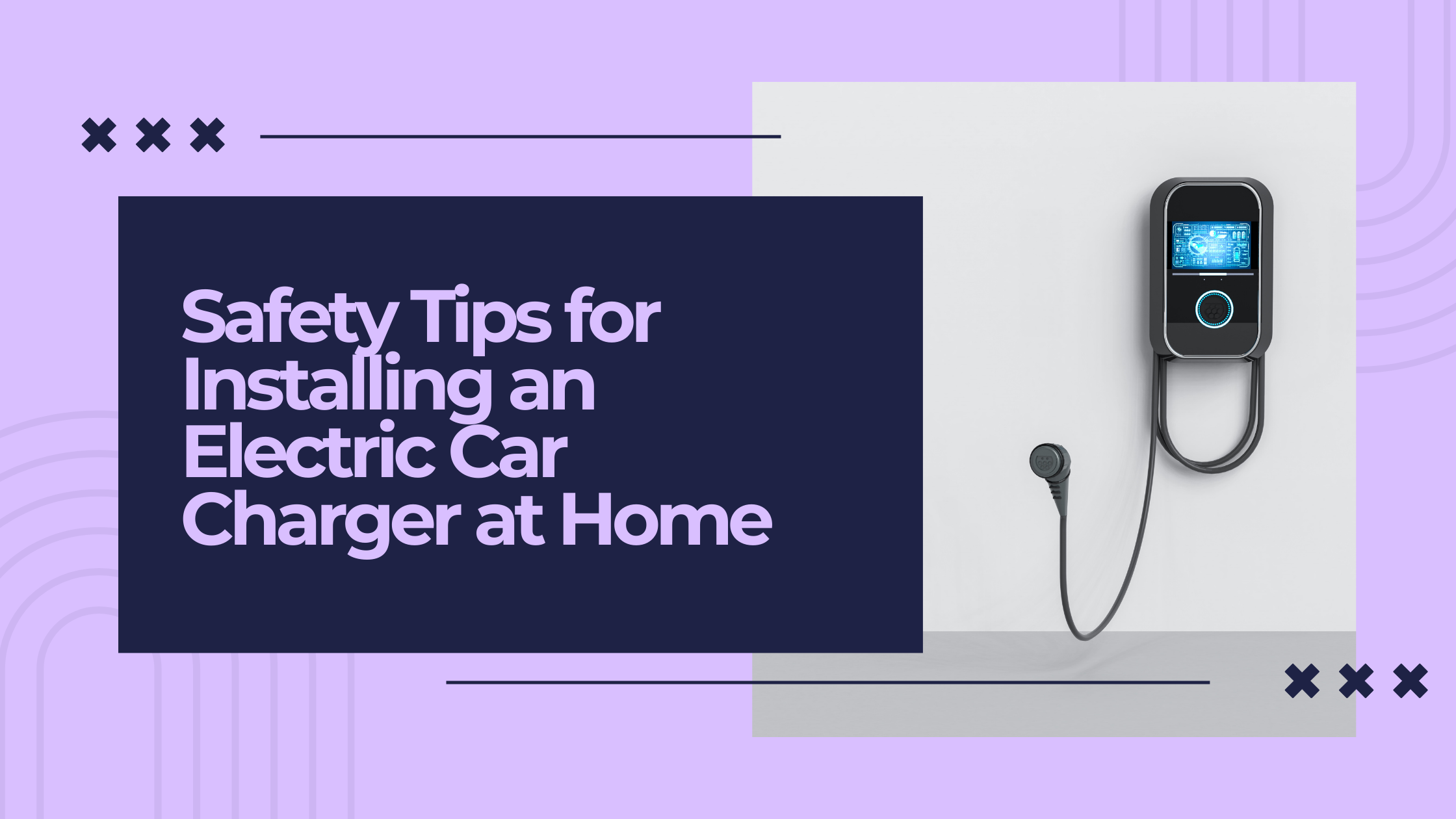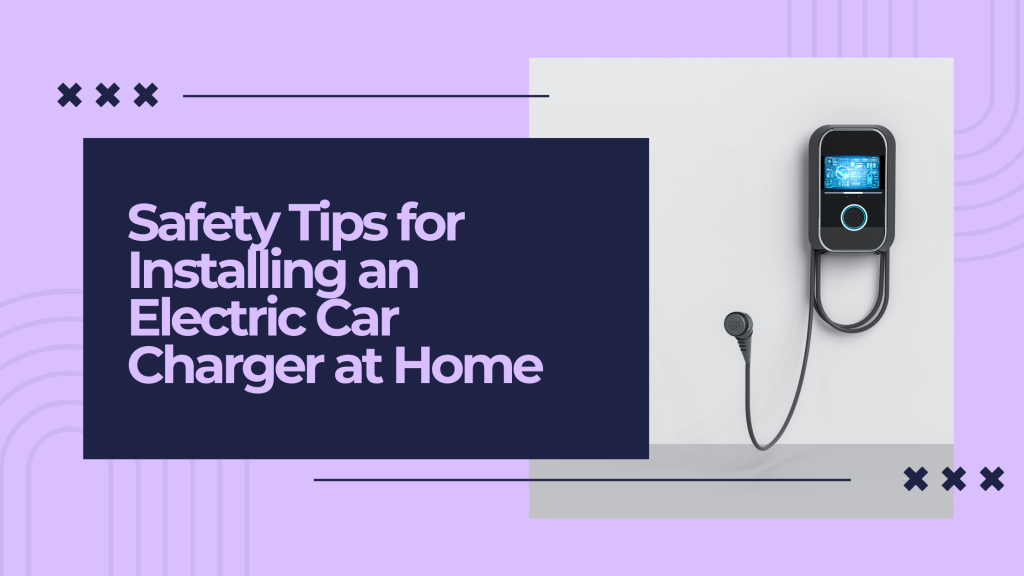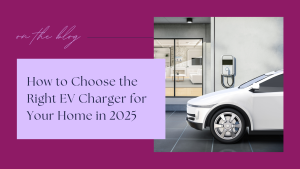The shift toward electric vehicles (EVs) is gaining momentum, and having an electric car charger installed at home offers convenience and saves time. However, proper installation is crucial for safety and optimal performance. This article provides detailed safety tips to ensure a smooth and secure installation of your electric car charging station at home.
Pre-Installation Safety Considerations
Before diving into the installation process, it’s essential to make sure your home is ready for the electric vehicle charging station installation.
Evaluate Your Home’s Electrical System
An EV charger installation requires a significant amount of electrical power, so you need to ensure your home’s electrical system can support the added load. Check your breaker panel to see if it can handle the charger’s power needs. If necessary, hire an electrician to upgrade your system before proceeding with the install electric vehicle charging.
Check Local Regulations and Permits
Local laws and regulations often require a permit for the installation of an electric charging station. Be sure to consult with local authorities or hire an expert to help you obtain the required permits before starting the electric car charger home installation. Failure to comply could result in penalties or unsafe installations.
Choose the Right Charger for Your Needs
Selecting the right EV charger is essential to ensure it meets your charging requirements. Depending on your vehicle’s make and model, as well as your driving habits, you’ll need to choose between Level 1 (120V) and Level 2 (240V) chargers. Consider the charging station installation and the location to find a charger that suits your needs.
During Installation: Best Safety Practices
When it comes time to install the electric car chargers installation, following best safety practices is vital to avoid accidents or issues later on.
Hire a Licensed Electrician
One of the most important safety tips is always to hire a qualified electric car charger installer. A licensed electrician ensures that the installation complies with all local codes and safety regulations. Professionals are trained in safely handling electrical systems, reducing the risk of errors that could cause damage or fire.
Ensure Proper Grounding
Proper grounding is essential to avoid electrical shock or damage to the car charger. During the install EV charger at home process, ensure that the system is properly grounded to provide a safe path for electrical current. A grounded charger will protect both your car and your home from potential electrical hazards.
Use High-Quality Materials
The materials used in your EV car charger installation should be high quality and designed for durability. Cheap, low-quality wires, connectors, and outlets can be unsafe and lead to issues like overheating or poor charging performance. Always opt for certified, quality materials to ensure safety and efficiency during the charging station installation.
Post-Installation Safety Tips
Once your electric vehicle charging station installation is complete, there are several steps to ensure the system remains safe and effective.
Conduct Regular Inspections
After the electric charger installation, it’s important to inspect the system periodically. Look for signs of wear, such as frayed wires, loose connections, or corrosion. These issues could indicate that your system is compromised and needs attention. Regular inspections help identify problems before they escalate.
Follow the Manufacturer’s Guidelines
Each EV charger comes with its own set of safety guidelines and instructions for use. Always follow the manufacturer’s instructions regarding installation, operation, and maintenance. This ensures that the charger is used most safely and avoids voiding warranties or compromising safety features.
Test Safety Features
Test the safety features of your electric car charger home installation regularly. This includes checking the circuit breakers, ground fault circuit interrupters (GFCI), and surge protection. These components are essential for preventing electric shocks and protecting your home from electrical surges.
Common Mistakes to Avoid
To ensure safe and efficient EV charger installation services, here are some common mistakes to avoid:
Overloading Your Electrical System
One of the biggest mistakes is overloading your electrical system by installing an electric vehicle charging station installation without considering the existing load on your circuit. An overburdened system can result in overheating, which could lead to a fire. Always ensure your home’s electrical system can handle the additional load of your charger.
Improper Placement of the Charger
Installing the charger in an inconvenient or unsafe location is another common mistake. Ensure that the EV charger is placed in an accessible area and is not exposed to excessive moisture or extreme temperatures. A sheltered area, preferably in a garage, is ideal for installing an electric car charging point.
Skipping Professional Assistance
Some homeowners may be tempted to save money by installing their EV charging station themselves. However, skipping professional assistance can lead to unsafe installations and potential damage to your electrical system. Always hire EV installers near me or a licensed electrician to ensure the job is done safely.
Installing an electric car charger at home is a smart investment, but it’s crucial to prioritize safety during every phase of the process. From evaluating your home’s electrical system to proper placement and maintenance, following these safety tips will help ensure that your electric vehicle charging station installation is seamless, secure, and effective. Always seek professional help and regularly inspect your charger to keep it working optimally.




